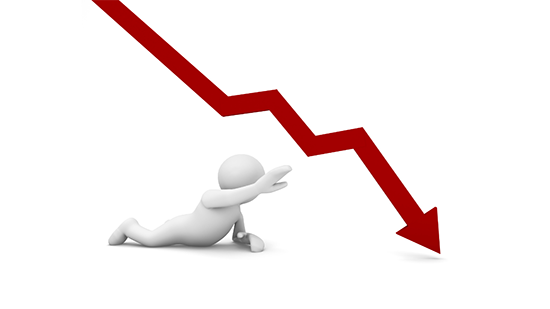Kodak and Nokia: Lessons for Today’s Companies
The fall of Kodak and Nokia serves as a cautionary tale for businesses of all industries, highlighting the importance of adaptation in the fast-paced world of technology. Both companies were once leaders in their respective markets, but they ultimately failed to adapt to the rapidly changing technological landscape and as a result, they are now relegated to the annals of business history.
Kodak, a company that was once synonymous with photography, filed for bankruptcy in 2012. The company had been slow to embrace the shift to digital photography, even though the sales of digital cameras surpassed film cameras as early as 2000. In fact, Kodak’s revenue from digital cameras was just $264 million in 2010, compared to its peak revenue of $16 billion from film cameras in 1996. The company’s failure to adapt ultimately led to its downfall, with Kodak’s market share dropping from 85% in 1976 to less than 1% by 2012.
Kodak’s inability to adapt to the digital age serves as a reminder that businesses must be willing to change and evolve to stay relevant. According to a study by the Boston Consulting Group, 70% of companies that were on the Fortune 500 list in 2000 no longer exist or have been acquired. This highlights the need for companies to be proactive in staying aware of current trends and market changes, and to be prepared to pivot or adapt as necessary.
One of the reasons for Kodak’s downfall was the company’s failure to diversify its revenue streams. Kodak was heavily reliant on film sales, and when the market for film cameras started to decline, the company had no other source of revenue to fall back on. This highlights the importance of diversifying revenue streams for businesses, so that they are not overly reliant on one source of income.
Another reason for Kodak’s failure was the company’s lack of a clear digital strategy. Even though Kodak had developed digital cameras, they failed to fully capitalize on this technology and missed the opportunity to transition into the digital age. This serves as a reminder that businesses must have a clear digital strategy in place to stay competitive in the digital age.
Similarly, Nokia was once the dominant player in the mobile phone market. However, the company was slow to adopt the touch screen technology that was becoming increasingly popular. As a result, Nokia lost market share to companies like Apple and Samsung, and it eventually had to sell its mobile phone division to Microsoft in 2013.
Nokia’s failure to adapt to the touch screen trend can be attributed to a few factors. Firstly, Nokia was heavily reliant on its Symbian operating system, and was slow to adopt the more popular Android and iOS operating systems. Secondly, the company’s management was slow to recognize the importance of touch screen technology and failed to invest in it early on. Finally, Nokia’s organizational structure and culture were not conducive to innovation and change, which made it difficult for the company to adapt to new technologies.
The lesson to be learned from the fall of Kodak and Nokia is that businesses must be willing to embrace change and adapt to new technologies to stay competitive. Companies that cling to outdated business models and technologies are at risk of being left behind. In order to avoid a similar fate, businesses must be proactive in staying aware of current trends and market changes and must be prepared to pivot or adapt as necessary.
It’s important for businesses to constantly stay aware of the current trends and market changes, and to be prepared to pivot or adapt as necessary. This means investing in research and development and being open to new ideas and ways of doing things. It’s also important to have a culture of innovation in the company, where employees feel encouraged and empowered to come up with new ideas. A culture of adaptation can be fostered by creating an environment where experimentation and risk-taking are encouraged, and where employees are provided with the resources and support, they need to innovate.
Businesses should also have a clear digital strategy in place and should diversify their revenue streams. This will help them to stay competitive in the digital age and ensure that they have multiple sources of income to fall back on in case of market changes.
In conclusion, the fall of Kodak and Nokia serves as a cautionary tale for businesses of all industries. Companies that fail to adapt to the rapidly changing technological landscape risk being left behind, just like Kodak and Nokia. By staying aware of current trends, investing in innovation, fostering a culture of adaptation and diversifying revenue streams, businesses can ensure their long-term success. The companies that fail to learn from the lessons of Kodak and Nokia may find themselves in the same dire situation.



